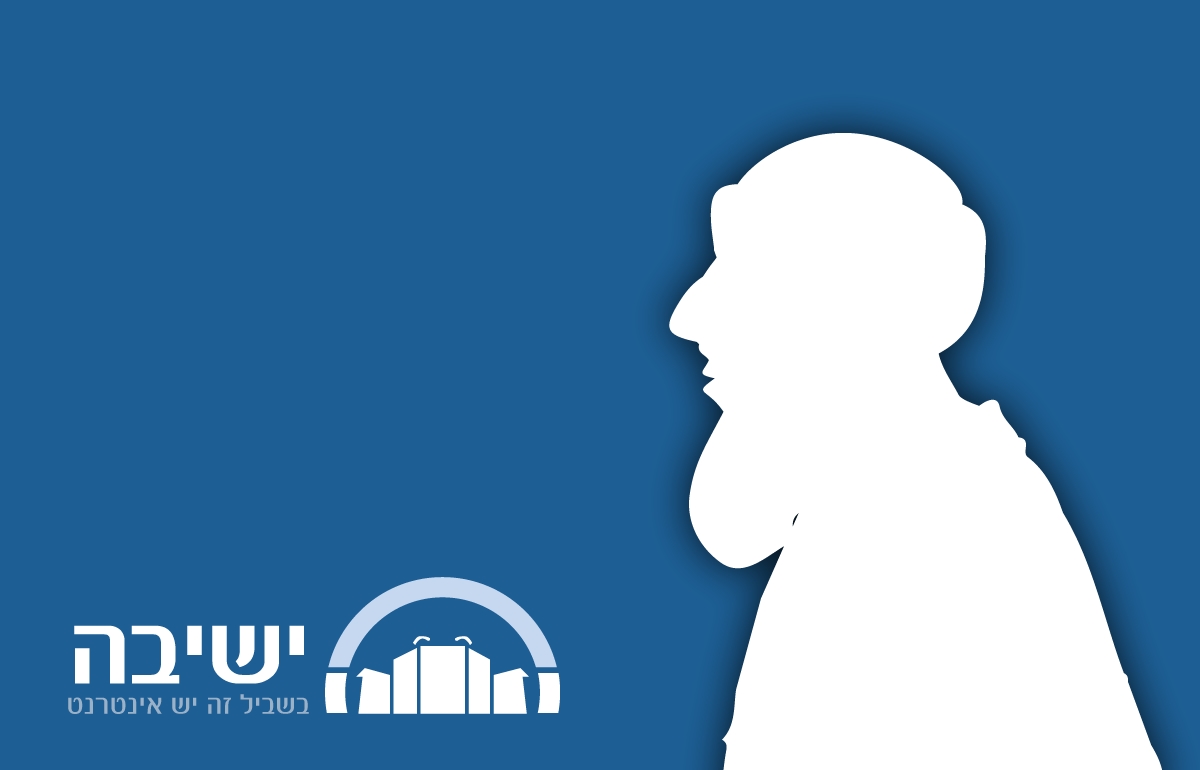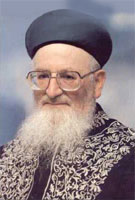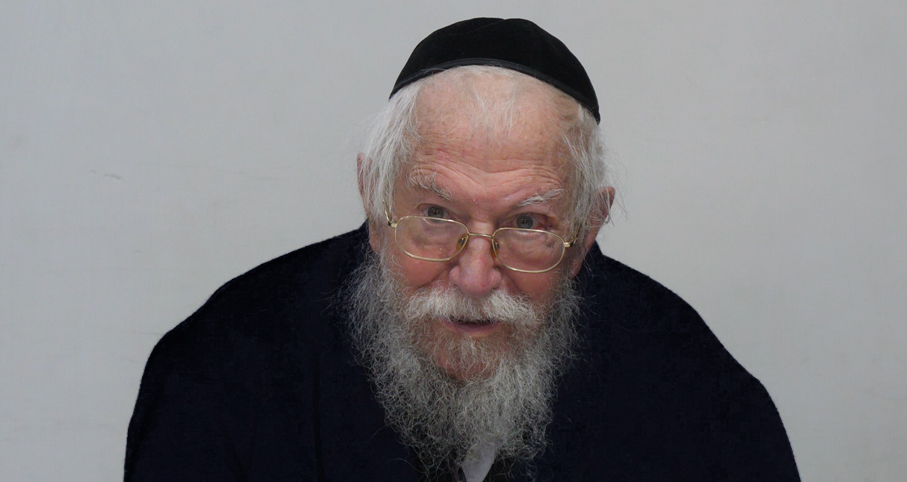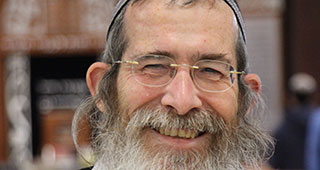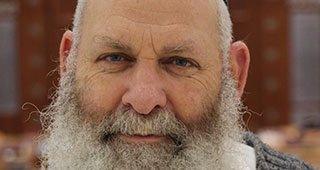Beit Midrash
- Sections
- Chassidish Stories and Great Rabbis
- Chassidish Stories
The Torah study is dedicatedin the memory of
Yaakov Ben Behora
The wording of the verse regarding which R' Michel related his parable carries a certain contrast: on the one hand, "Who shall ascend the mountain of the Lord" is a description of movement, ascension, and advancement; on the other hand, "who shall stand in His holy place" relates to standing, stability and being static. This being the case, what is the necessary trait for a person to climb to the top of the hill - dynamics and movement or stability and standing? The parable comes to address this point.
Our parable describes a man traveling to the top of a hill. In order to make it to the top of the hill one must maintain constant movement - going from a low place to a high place calls for motion. At the same time, it is not easy to keep up a state of constant motion. The horses sometimes become tired, and it becomes necessary to rest. The parable describes that which in Chassidic literature was referred to as "advance and stand."

Chassidish Stories (17)
Rabbi Eliezer Melamed
9 - Playing Hide-and-seek with God
10 - “Who Shall Ascend the Mountain of the Lord?”
11 - Pure and Simple Intentions
Load More
It is the horses that need to rest. The horses are the dynamic foundation of the wagon, and are the ones responsible for the wagon's ascension, but it is precisely because of this that they must rest from time to time.
Ostensibly, everything is just fine, but here is where the danger lies. Rest, standing in one place, is liable to cause a person to lose all of his ground and progress. When a person does not do a thing, when a person allows himself to rest, he fails to advance, and then the danger of regression is great indeed. One must put a stone under the wheel of the carriage.
The stone wedged under the wheel of the wagon symbolizes the spiritual stability of man. A person must employ his stability when he is at rest in order to keep himself from regressing to the place from which he began his journey. Despite the fact that a person is liable to lose the dynamics of advancement, he must resist giving in to despair or losing self-confidence. He must employ the building blocks of his own personality in order to strengthen his standing as far as the advances which he has thus far achieved are concerned, even if his overall advance has been temporarily broken due to the spiritual need for rest.
Let us return for a moment to R' Michel's parable. From where does the wagon driver take the stones which he places under the wheels of the wagon? They are taken from the road itself. For the horses galloping up the hill, these stones represent a potential stumbling block. However, for one who is in need of stability, in order that wagon not slip back down the hill, they are helpful.
Two faculties, then, are at work in a person's character: on the one hand, there is a forward-pushing, dynamic ingredient; on the other, a fixed and constant ingredient. One must know when to use each of these faculties. When charging forward, a person must employ the dynamic ingredient. At such a time, one must push aside the forces telling him to stand still. Such forces are liable to become tumbling blocks in the path to advancement. However, the moment that one feels the need to rest and gather energy, one must make use of the character's stable elements in order to provide it with stability in the face of the regression which has a tendency to take its toll when one must stop.
One whose character feeds entirely off of the dynamic element will find himself in constant movement, up and down, up and down, over and over again. While it is true that he is in constant movement, he does not advance. On the other hand, one whose character feeds entirely off of the stable element will find himself forever stuck in one place. While such a person does not fall backward, he also does not advance. Therefore, two tendencies must be drawn upon in the course of our sacred service: "Who shall ascend," and "who shall stand" - "advance and stand."
